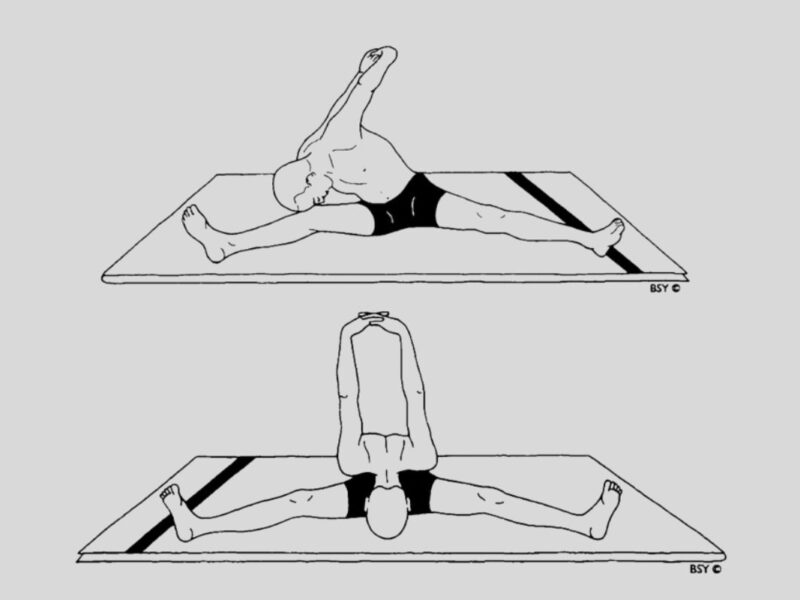Ushtrasana, commonly known as the Camel Pose, is a yoga posture that provides numerous physical and spiritual benefits. This asana involves stretching the body backward, promoting flexibility and strength. Here’s a step-by-step guide to practicing Ushtrasana:
Steps:
1. Starting Position:
- Begin in Vajrasana, a seated posture with the buttocks resting on the heels.
- Stand on the knees, keeping them and the feet together (they can be separated for comfort).
2. Reaching Backward:
- Slowly lean backward, reaching for the right heel with the right hand and then the left heel with the left hand.
- Avoid straining; maintain a natural and comfortable stretch.
3. Body Alignment:
- Push the abdomen forward while keeping the thighs vertical.
- Bend the head and spine backward as far as possible.
- Relax the entire body, especially the back muscles, into the stretch.
4. Support and Balance:
- Ensure the body weight is evenly supported by the legs and arms.
- Use the arms to anchor the shoulders, maintaining the arch of the back.
5. Hold and Release:
- Hold the final position as long as comfortable.
- To release, slowly release the hands from the heels, one at a time.
6. Breathing:
- Breathe normally in the final position; avoid deep breathing due to the stretched chest.
Duration and Awareness:
Dynamic Asana: Practice up to 3 times.
Static Pose: Hold the final position for up to 3 minutes.
Awareness: Focus on the abdomen, throat, spine, or natural breathing. For spiritual awareness, concentrate on Swadhisthana or Vishuddhi Chakra.
Sequence and Counterposes:
- Ushtrasana should be followed by forward-bending asanas like Paschimottanasana to release back tension.
- A convenient counterpose is Shashankasana, which can be performed directly from Vajrasana without excessive body movement.
Contraindications:
- Individuals with severe back ailments, such as lumbago, should avoid Ushtrasana without expert guidance.
- People with enlarged thyroid should practice with caution.
Benefits:
- Ushtrasana benefits the digestive and reproductive systems, stretching the stomach and intestines and alleviating constipation.
- The backward bend stimulates spinal nerves, relieving backache, lumbago, rounded back, and drooping shoulders.
- The stretch in the front of the neck tones organs in the region and regulates the thyroid gland.
Practice Note:
For a deeper stretch, grasp the right heel with the left hand and the left heel with the right hand.
Beginners can start with the balls of the feet on the floor to ease into the asana.
Learn to Know More About Yoga Poses So You Can Visit Best Yoga Ashram in Rishikesh and Join 200 Hour Yoga Teacher Training in Rishikesh and 300 Hour Yoga Teacher Training in Rishikesh and 500 Hour Yoga Teacher Training in Rishikesh



